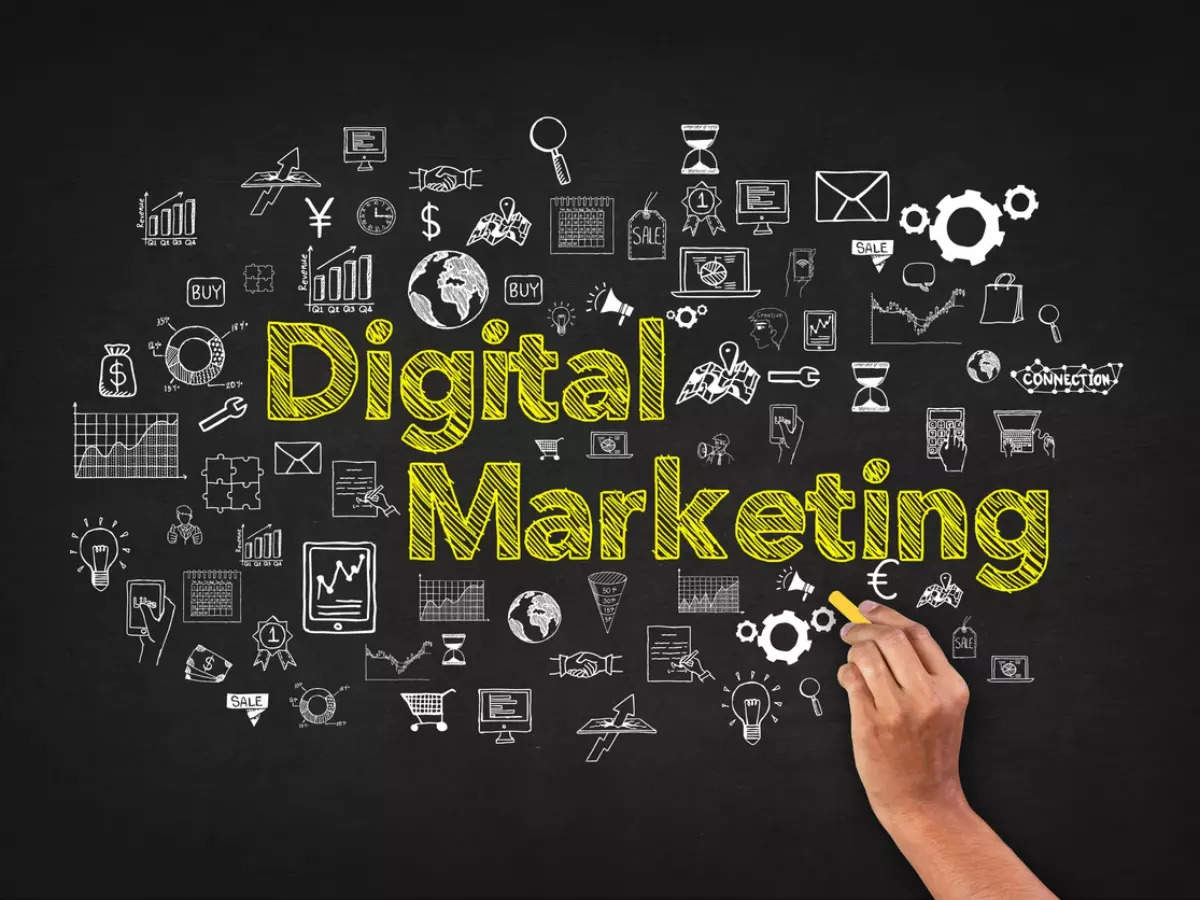Open the Possible of Your Company with Digital Marketing Lockhart
Open the Possible of Your Company with Digital Marketing Lockhart
Blog Article
Transform Your Business With Data-Driven Digital Advertising
In today's swiftly advancing market, leveraging data-driven electronic advertising has become crucial for companies intending to boost their competitive side. By utilizing analytics to get understandings into consumer behavior, organizations can customize their advertising techniques for optimal impact.
Recognizing Data-Driven Marketing
Data-driven advertising and marketing is significantly recognized as a crucial strategy for services aiming to improve their marketing effectiveness. This method counts on the organized collection, analysis, and usage of data to inform advertising and marketing strategies and choices. By leveraging various data sources, consisting of customer demographics, actions patterns, and market trends, companies can establish targeted campaigns that resonate with specific target markets.
At its core, data-driven advertising includes integrating analytics right into the marketing process. This permits real-time insights into campaign performance, making it possible for online marketers to make informed adjustments and enhance their techniques. By comprehending client preferences and engagement levels, companies can craft customized messaging that is more probable to convert potential consumers right into faithful customers.
In addition, data-driven marketing fosters a culture of accountability within companies. As businesses embrace data-driven advertising, they position themselves to respond successfully to altering market dynamics and customer expectations.
Benefits of Data Analytics

Among the main advantages is the capability for personalized advertising and marketing. Data analytics enables organizations to segment their audience properly, customizing messages and offers that resonate with details groups. This level of customization not only boosts interaction rates but additionally fosters brand name loyalty.
Additionally, data analytics promotes real-time decision-making. Marketing experts can check project performance continually, changing methods based on instant comments and outcomes. This dexterity causes enhanced source allocation and boosted return on investment.
Additionally, anticipating analytics equips services to prepare for future trends and customer needs, permitting positive approaches as opposed to responsive procedures. This insight can be a substantial competitive advantage in today's dynamic market landscape.
Key Tools and Technologies

Among the key modern technologies is Consumer Relationship Administration (CRM) software program, which permits organizations to handle client communications and analyze data throughout the customer lifecycle. Furthermore, marketing automation systems improve repeated tasks, helping with tailored interaction and sites lead nurturing.

Data visualization devices, such as Tableau and Google Data Workshop, help professionals interpret complicated information sets, presenting understandings in a quickly digestible format. Moreover, analytics systems like Google Analytics supply very useful metrics on site web traffic and user actions, making it possible for marketers to maximize their methods.
Social network analytics tools, such as Hootsuite and Sprout Social, provide understandings into target market engagement and content efficiency across numerous systems. A/B testing tools, like Optimizely, allow online marketers to experiment with various strategies, making certain that data-driven decisions are consistently improved. By leveraging these technologies, services can promote a data-centric society, bring about extra efficient electronic advertising campaigns.
Executing Reliable Approaches
To effectively implement efficient techniques in digital advertising, companies must first straighten their purposes with actionable insights stemmed from data analytics. This alignment enables companies to customize their advertising efforts, guaranteeing they resonate with target market. By leveraging information from different networks, such as social media, email advertising, and website analytics, business can determine fads, choices, and behaviors that educate their strategy.
Next, it is crucial to prioritize client segmentation. By categorizing their target market based upon demographics, passions, and purchasing habits, companies can produce customized marketing campaigns that drive involvement and conversion. Automation tools can facilitate this process, enabling marketing professionals to provide timely, pertinent content to certain segments.
Furthermore, embracing an active advertising and marketing approach can improve responsiveness to market modifications and consumer comments. Frequently examining campaign efficiency and making data-driven modifications can optimize end results and source allowance.
Lastly, cultivating a society of partnership in between marketing, sales, Check This Out and data analytics groups is vital. This multidisciplinary technique makes sure that insights are effectively shared and incorporated right into broader business methods, inevitably driving continual growth in a competitive landscape.
Determining Success and ROI
Exactly how can organizations successfully determine success and return on investment (ROI) in electronic advertising and marketing? These KPIs offer a quantitative basis for examining the effectiveness of electronic marketing initiatives.
Making use of analytics devices is vital in this procedure. Platforms such as Google Analytics and social media understandings enable organizations to track customer behavior and campaign efficiency in genuine time. By analyzing information, services can recognize which approaches yield the best outcomes and designate resources as necessary.
In addition, using ROI calculations can supply a clearer photo of financial efficiency (Digital Marketing Lockhart). This consists of measuring the income produced from electronic advertising efforts against the total expenses incurred. A simple formula is (Net Earnings/ Cost of Financial Investment) x 100 to identify the ROI portion
Eventually, a comprehensive strategy that incorporates qualitative and quantitative evaluation will enable companies to analyze their electronic advertising success properly and make educated decisions for future projects. This data-driven mindset is essential for constant renovation and sustainable development.
Final Thought
In conclusion, the combination of data-driven electronic advertising stands for a transformative approach for organizations seeking to improve interaction and foster official statement brand commitment. By leveraging analytics to notify methods, companies can optimize resource allotment, adjust to market characteristics, and boost roi. The usage of key tools and technologies additionally facilitates this procedure, ensuring that advertising and marketing initiatives are lined up with customer behavior and expectations. Eventually, accepting data-driven methods is necessary for continual competitive advantage in a rapidly evolving landscape.
In today's swiftly evolving market, leveraging data-driven electronic advertising and marketing has come to be important for services aiming to enhance their competitive side (Digital Marketing Lockhart).Data-driven advertising is increasingly recognized as a vital technique for organizations intending to improve their advertising and marketing performance.At its core, data-driven marketing involves integrating analytics right into the advertising procedure. As organizations accept data-driven advertising and marketing, they position themselves to respond effectively to changing market characteristics and consumer expectations
In conclusion, the assimilation of data-driven digital marketing represents a transformative approach for companies looking for to improve interaction and foster brand commitment.
Report this page